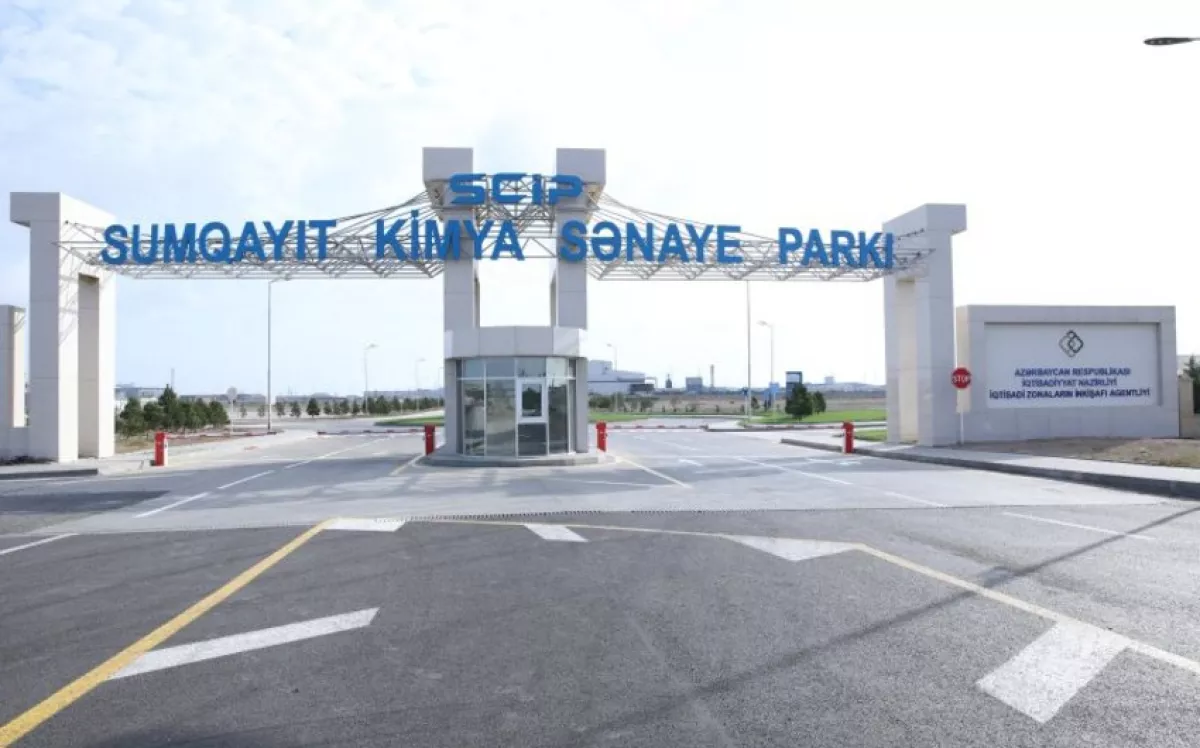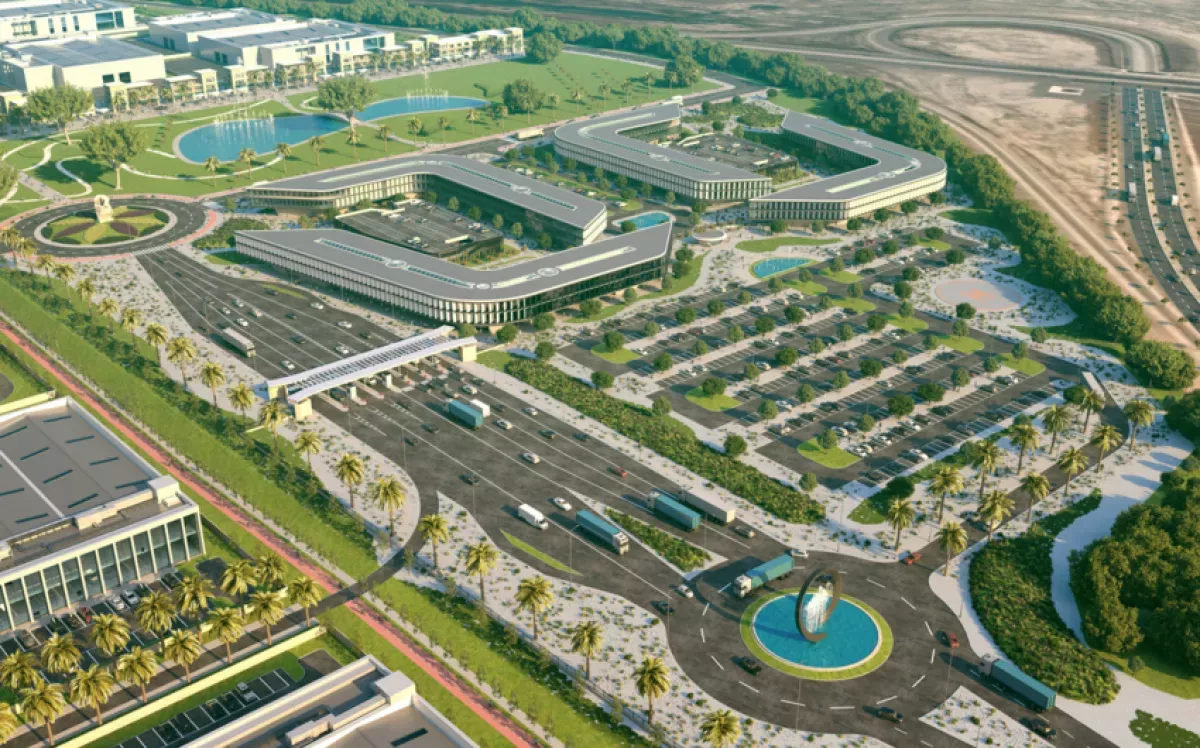How clusters, industrial parks transforming Azerbaijan’s economy Non-oil driver
Over the past decade, Azerbaijan has launched ambitious initiatives under its new industrialisation strategy, with diversified industrial parks and special economic zones playing a central role. The country’s cluster policy, which concentrates non-oil production within these industrial hubs, is showing significant results. According to recent data from the Agency for the Development of Economic Zones (ADEZ) under the Ministry of Economy, production in Azerbaijan’s industrial zones has increased 63.5-fold over the past ten years—a striking indicator of the sector’s rapid growth and rising importance to the national economy.
According to the long-term document “Azerbaijan 2030: National Priorities for Socio-Economic Development”, developed in early 2021, as well as the medium-term strategy for 2022–2026 derived from it, agro-processing and non-oil industry have been identified as key drivers of sustainable economic growth in the country.
Similar objectives are expected to guide the coming years during the implementation of the new “Socio-Economic Development Strategy for 2027–2030”, which is currently being finalised by the government. This strategy will focus on new stages of large-scale diversification of the national economy, where, alongside the industrial development of promising non-commodity export sectors, major emphasis will be placed on expanding green energy capacities, digitalisation, and the introduction of Industry 4.0 elements.
Equally important, the new strategy prioritises the creation of an advanced agro-industrial and service base in the territories of Azerbaijan liberated from occupation.
Reforms over the past decade under the new industrialisation strategy have positioned Azerbaijan’s non-oil sector as a key driver of economic growth, especially in the context of declining oil production. Notably, thanks to recent efforts to develop the non-oil sector, the growth rates of non-commodity industries have significantly outpaced overall GDP growth.
In particular, while Azerbaijan’s total GDP is projected to grow by 4.1% in 2024, the domestic non-oil sector is expected to grow by 6%, and the non-oil industrial segment will see growth of 7%. These trends reflect the increasing contribution of non-commodity sectors to the national economy.
For example, according to the World Bank’s annual World Development Report (WDR), the share of the non-oil sector in Azerbaijan’s GDP has risen from 49% in 2011 to 68% today.

Today, Azerbaijan faces a key task: to rapidly increase production in the non-oil sector while improving profitability and competitiveness through production optimisation and cost reduction, to significantly expand exports of non-oil industrial and agricultural products. Previously, as part of its medium-term strategy, the Ministry of Economy set a priority target of raising total non-oil exports to $5.3 billion by early 2027. In line with this strategic goal, Azerbaijan aims by the end of 2026 to increase non-oil exports by 1.8 times, non-oil GDP by 1.3 times, and raise the private sector’s share of total GDP to 88%.
Notably, industrial and agricultural clusters and special economic zones (SEZs) remain a critical instrument for achieving the country’s economic development goals through 2030, alongside other initiatives aimed at capitalising and enhancing the technical potential of domestic industry. This work is being implemented based on the principles of economic clustering—that is, the formation of territorially concentrated groups of interconnected companies, suppliers, and service providers, which jointly foster innovation, enhance regional competitiveness, and generate a synergistic effect that stimulates innovative activity.
The results of a decade of effort are evident in the numbers: across nine industrial parks and four industrial districts, there are now over 170 resident and non-resident businesses, with a total investment exceeding 8.1 billion manat (approximately USD 4.8 billion).
All active residents benefit from a wide range of incentives, including tax, customs, and utility exemptions, as well as access to preferential loans. Thanks to government support, essential infrastructure has been developed, including production and office facilities and connections to major transport networks.

According to recent data from the Agency for the Development of Economic Zones, production in Azerbaijan’s industrial zones has increased 63.5-fold over the past decade. While total output in these zones was 271 million manat (around USD 160 million) in 2015, it reached 17.2 billion manat (approximately USD 10.2 billion) in the first half of 2025 alone.
Products manufactured in these domestic industrial zones are exported to Eastern and Western Europe, North and South America, Asia, CIS countries, Türkiye, and over 70 countries worldwide. In 2024, total sales in industrial zones reached 3.3 billion manat (roughly USD 1.95 billion), with nearly one-third of production destined for foreign markets.
Key exported products include polymers, construction chemicals, steel, polymer pipes, lubricating oils, urea and carbamide fertilisers, sulfuric acid, cable products, construction glass, ceramic tiles, tobacco products, yarn, electrodes, energy and fire-fighting equipment, aquaculture feed, wallpaper, and various types of footwear.
Notably, in 2024, industrial clusters accounted for 17.6% of non-oil industrial production in Azerbaijan, while their share in exports reached 26%.

The leader in investment volume and operational enterprises is the Sumgayit Chemical Industrial Park (SCIP), established in 2011. The park has attracted over 5.5 billion manat (approximately USD 3.3 billion) in investments, hosts 39 registered companies, and employs around 6,300 people.
According to ADEZ, SCIP residents produced goods worth roughly 14.4 billion manat (USD 8.5 billion) from 2015 to July 2025, with approximately 5.2 billion manat (USD 3.1 billion) exported. This positive trend has continued into the first half of 2025, with total sales exceeding 1.1 billion manat (USD 650 million), half of which were exported. Notably, exports rose 20% compared to the same period last year.
In the territories recently liberated from occupation, two major industrial clusters have been established: the Aghdam Industrial Park and the Araz Valley Economic Zone, where a total of 55 production and service-logistics enterprises with high export potential will be developed in phases.
According to the latest data from ADEZ, the Aghdam Industrial Park hosts 30 resident and 4 non-resident companies, with a potential investment portfolio exceeding 285 million manat (approximately USD 170 million), making it the second-largest industrial park in the country by number of residents after SCIP. Entrepreneurs have already invested around 138 million manat (USD 82 million) in the Aghdam zone, creating over 900 permanent jobs, and total production since operations began has reached 500 million manat (USD 300 million).
Meanwhile, in the Araz Valley Economic Zone in the Jabrayil district, 18 resident companies have registered with a total investment portfolio of about 150 million manat (USD 89 million), alongside three non-resident entities.








